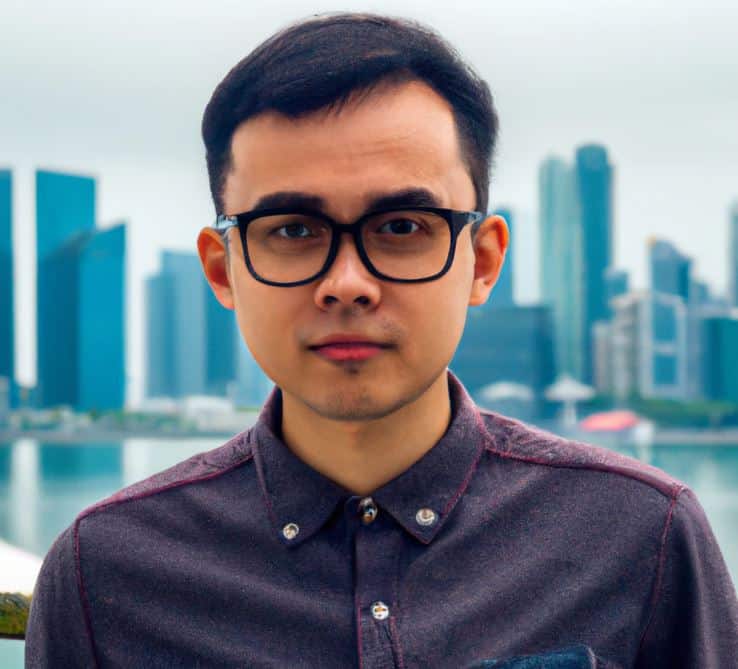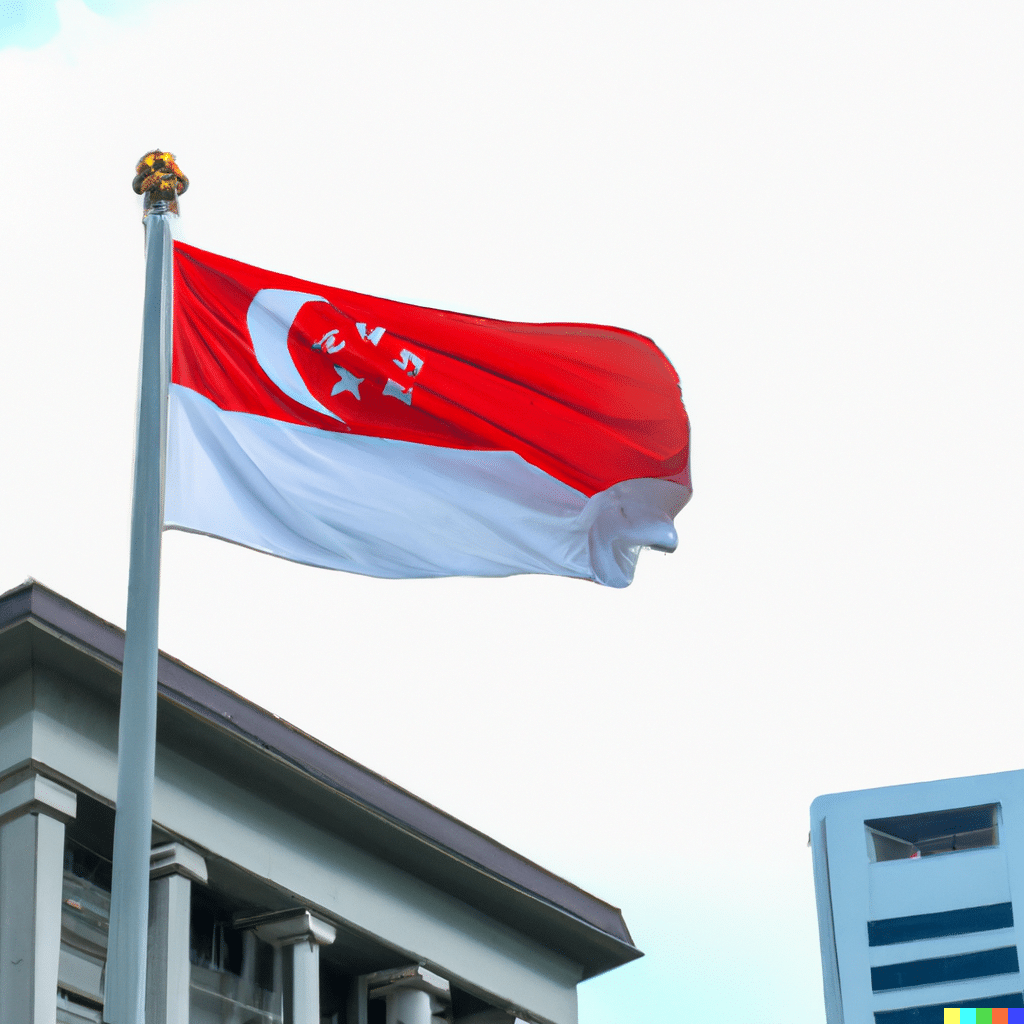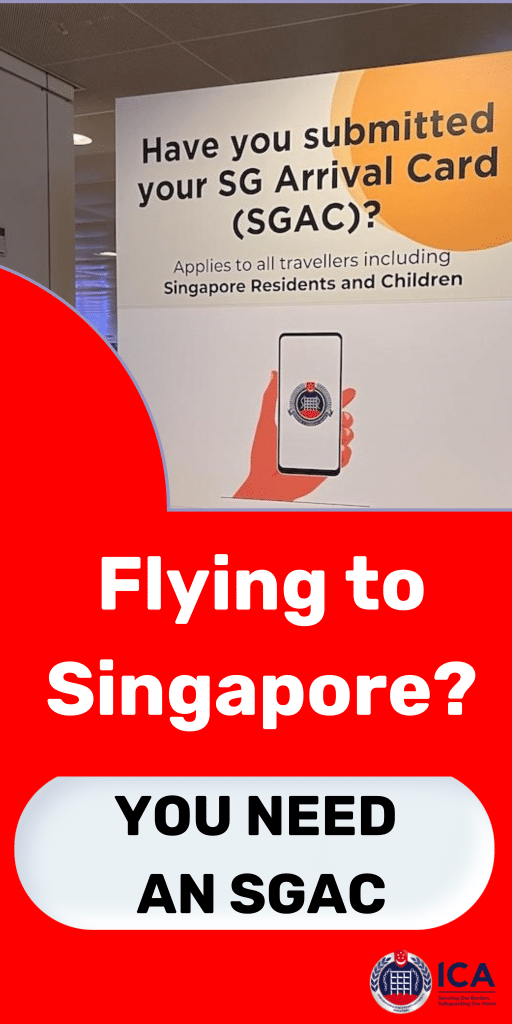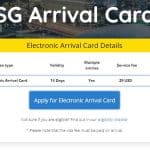Singapore’s emergence as an independent nation was a complex process marked by twists and turns. After 140 years under British colonial rule, Singapore finally became a fully sovereign state in 1965 after separating from Malaysia.
This article traces Singapore’s progression to independence – from the first stirrings of self-governance after WWII through merger with Malaysia and that union’s rocky collapse.
We’ll examine the social and political forces motivating independence sentiments, the key figures and events, and the early challenges of Singapore’s newfound nationhood.
Understanding this foundational history provides perspective on Singapore today and the stalwart leadership that shepherded its uncertain birth.
Postwar Rise in Anti-Colonial Sentiments
- Harsh Japanese Occupation eroded faith in British “safety myth”
- Postwar British military rule lacked sensitivity to wartime suffering
- Locals saw colonists’ hypocrisy in denying rights to Singapore
- Political consciousness grew – local leaders could govern effectively
- Labor strikes and protests disrupted the colonial status quo
The failings of the British during WWII cultivated stronger desires for self-rule, discrediting notions of Singapore’s dependence on the Empire. A restless local population now demanded greater political rights and autonomy.
Emergence of the People’s Action Party
- In 1954, Lee Kuan Yew formed the socialist leaning People’s Action Party (PAP)
- First true mass political party organized across races/classes
- Lee argued British not serving Singapore’s interests
- PAP adopted non-communist “third way”, aligning with labor movement
- PAP’s organization and Lee’s oratory built enthusiastic grassroots support
Lee Kuan Yew skilfully rode and channelled growing anti-colonial sentiments through the PAP, positioning the party as the vehicle for achieving self-governance.
Steps Towards Self-Governance
- 1955: Partial self-rule granted to Singapore under Rendel Constitution
- 1959: PAP won general elections and Lee became first Prime Minister
- 1961: PAP swept all seats in parliament after leftists broke off
- 1963: Singapore briefly merged with Malaya, Sabah and Sarawak to form Malaysia
- 1964: Racial riots reflected tensions between Singapore and central government
The PAP took key steps towards independence by winning control over domestic affairs. But full independence required overcoming doubts about Singapore’s viability on its own.
Troubled Merger and Separation
- Singapore joined Malaysia in 1963 after referendum
- But tensions simmered between state and central government
- PAP objected to Malay privileges unsuited to Singapore’s multiracial populace
- Racial riots in 1964 fuelled tensions
- Separation agreed in 1965, with Lee emotionally announcing it on 9 Aug
Singapore’s uneasy union with Malaysia convinced leaders that independence was preferable to continuing a rocky political marriage. Though traumatic, separation gave Singapore control of its destiny.
Birth Pains of New Nation
- Suddenly on its own, Singapore faced daunting vulnerabilities
- No military, little natural resources, unrest, unemployment
- Regional hostility from Indonesia and Philippines
- PAP moved decisively to address security, economy, society
- Tightened political controls and curbed leftist elements
Independence, while celebrated, also forced Singapore to confront harsh realities as a vulnerable microstate lacking natural resources. Pragmatic strongmanship was required for state building.
Building National Identity and Institutions
- English made common language; bilingualism policy adopted
- National service implemented to build citizen armed forces
- Strong investment promotion and industrialization to create jobs
- Public housing program provided majority of population with housing
- Focus on education and economic growth to uplift living standards
- Authoritarian measures seen as necessary for orderly development
Through people-centered policies, the PAP fostered unity and carved out a Singapore identity amidst early volatility and uncertainty after separation.
Conclusion
Considering Singapore’s improbable quest for nationhood puts its remarkable progress since independence into perspective. From instability and vulnerability arose visionary leadership that, despite controversial approaches, engineered public buy-in to collective nation building.
This history reminds Singaporeans to not take the fruits of stability, unity and prosperity for granted. By learning from the past, we gain insight into creating an ever more enlightened and just society today. The Singapore story remains a living work in progress toward forging an exceptional people.

Goh Jun Cheng is the chief staff writer for SingaporeAirport.com. Jun Cheng graduated with a degree in journalism from Nanyang Technological University in Singapore.
He has over 5 years of experience writing about aviation, tourism, and lifestyle topics relevant to locals and visitors in Singapore. His articles provide insights into the rich culture, cuisine, and attractions of Singapore. Jun Cheng is an avid traveler who has visited over 15 countries.
When he is not writing or traveling, he enjoys photography, trying new foods, and hiking. As a longtime Singapore resident, Jun Cheng is passionate about sharing hidden gems and perspectives about his home country.




